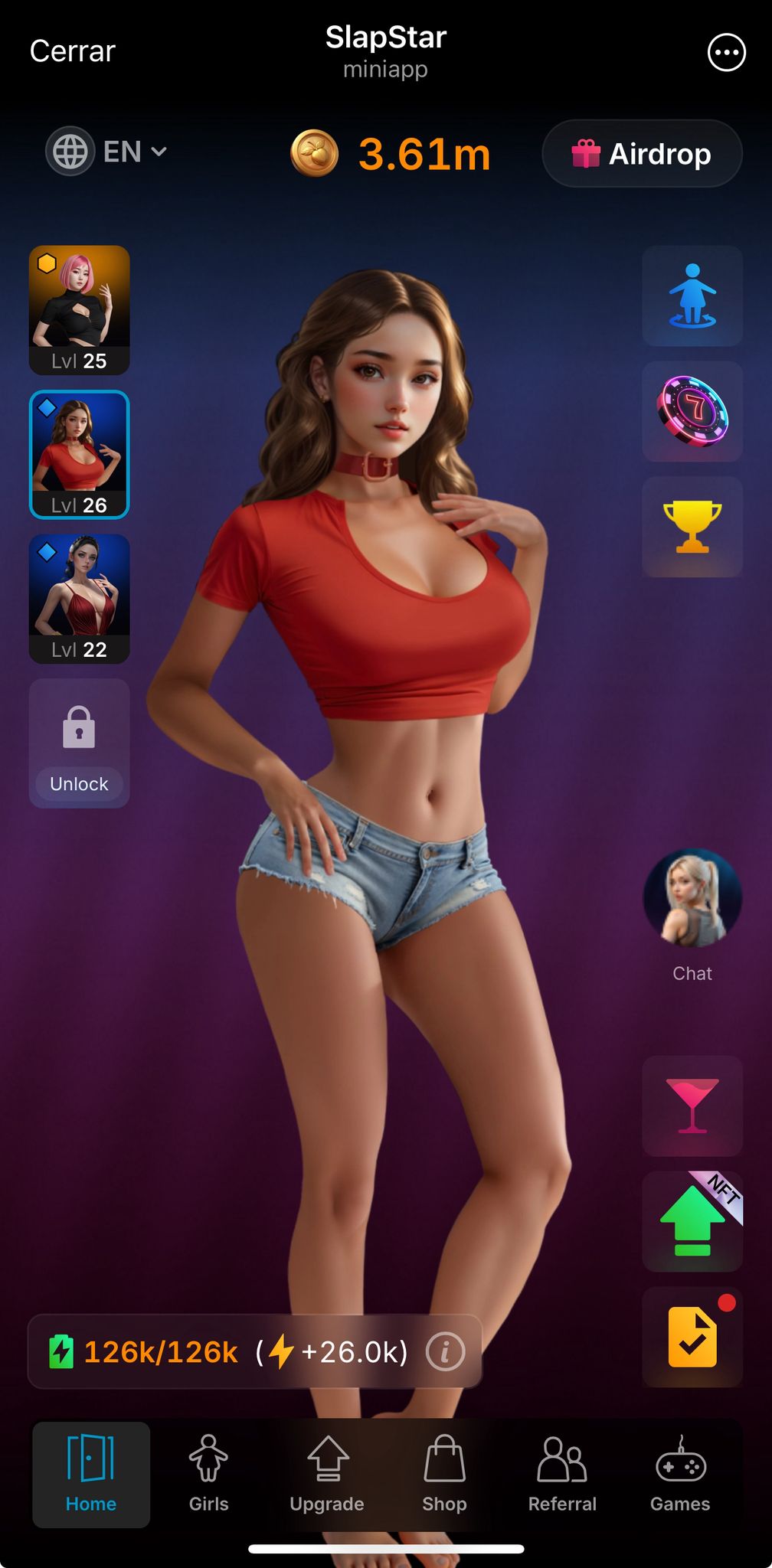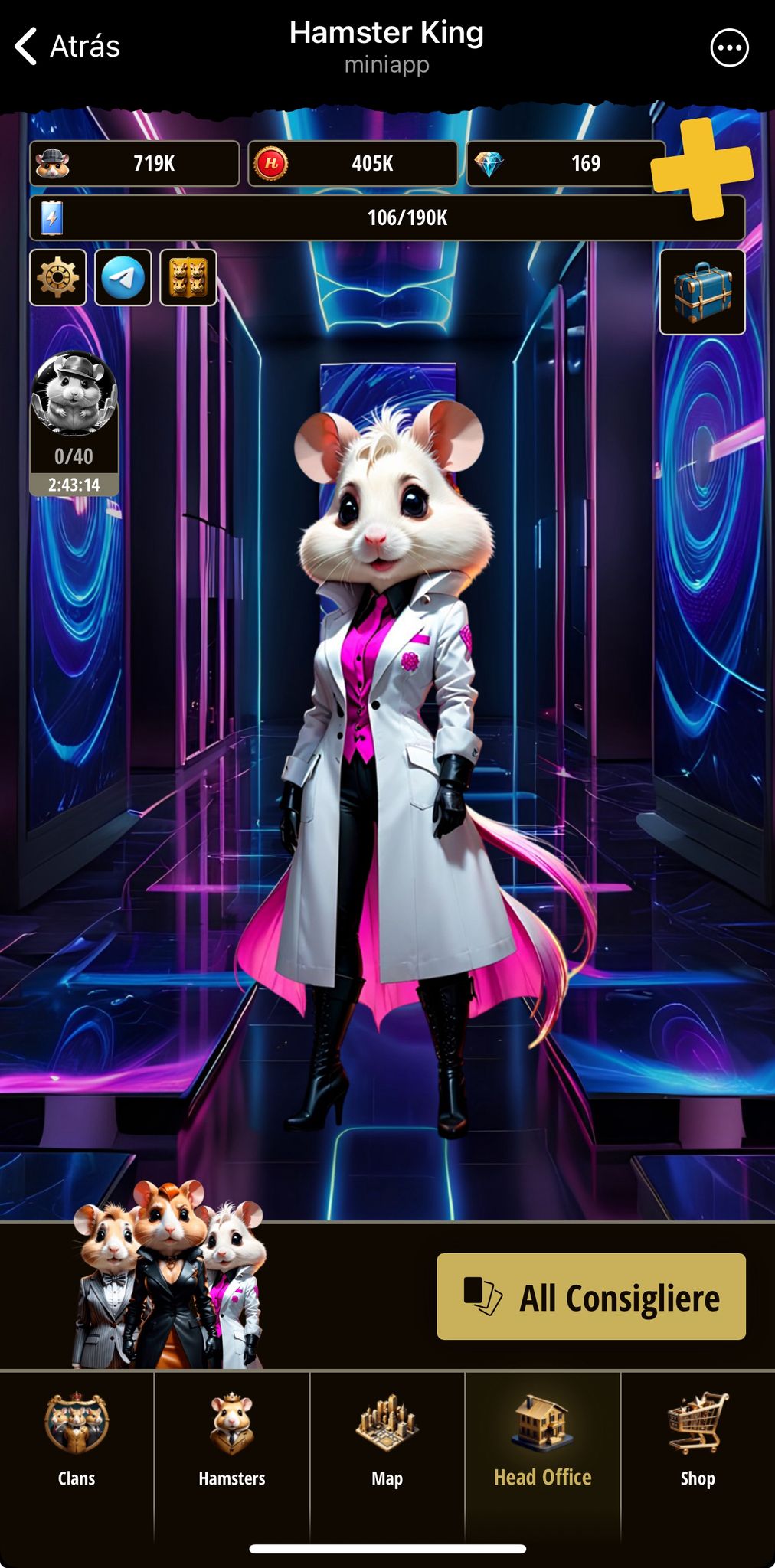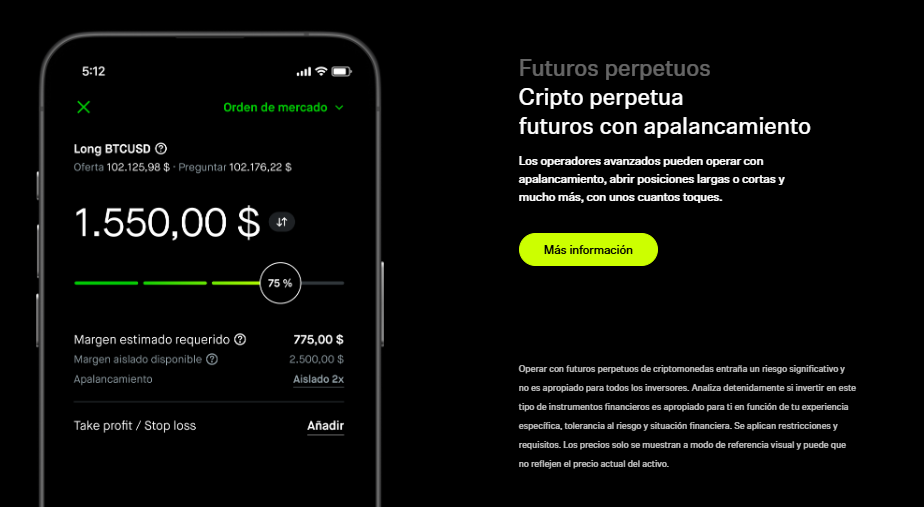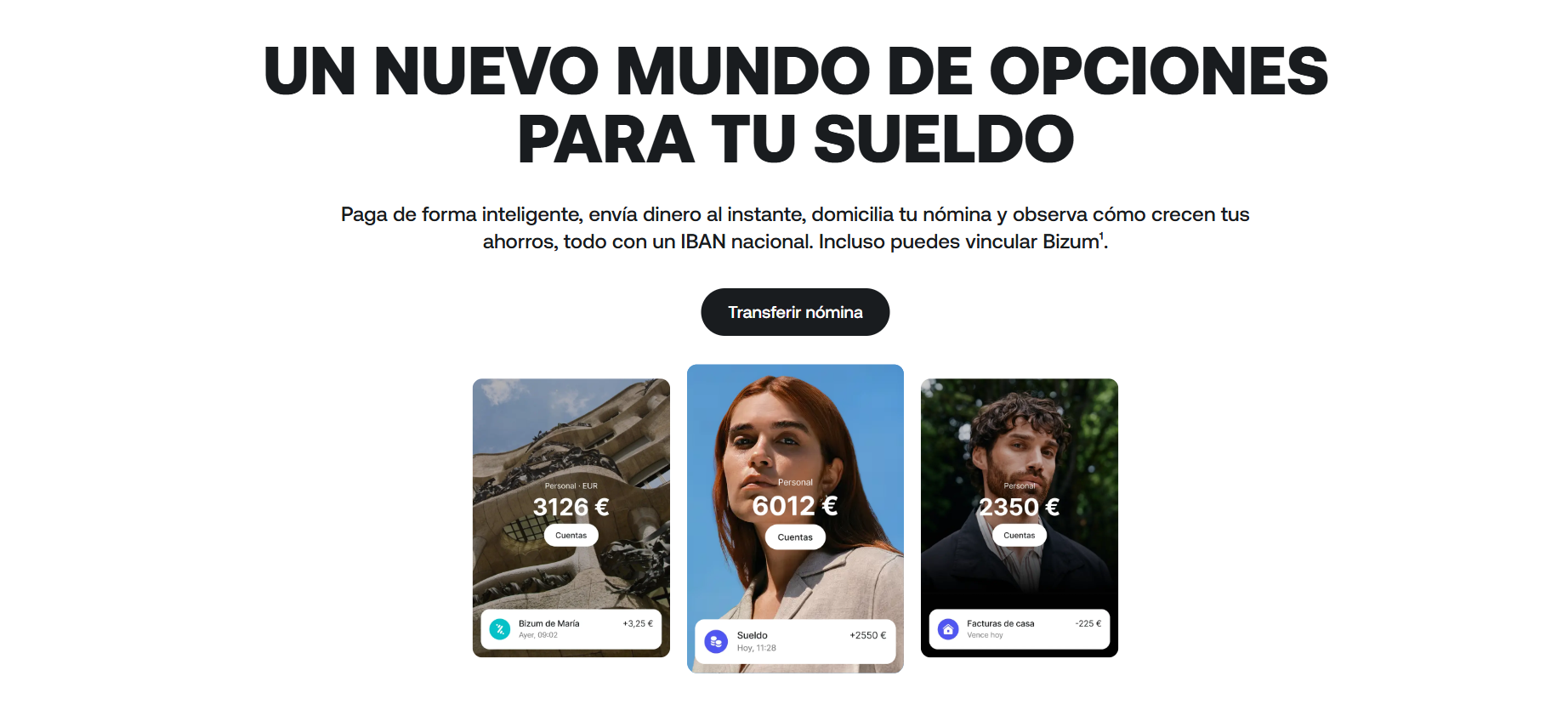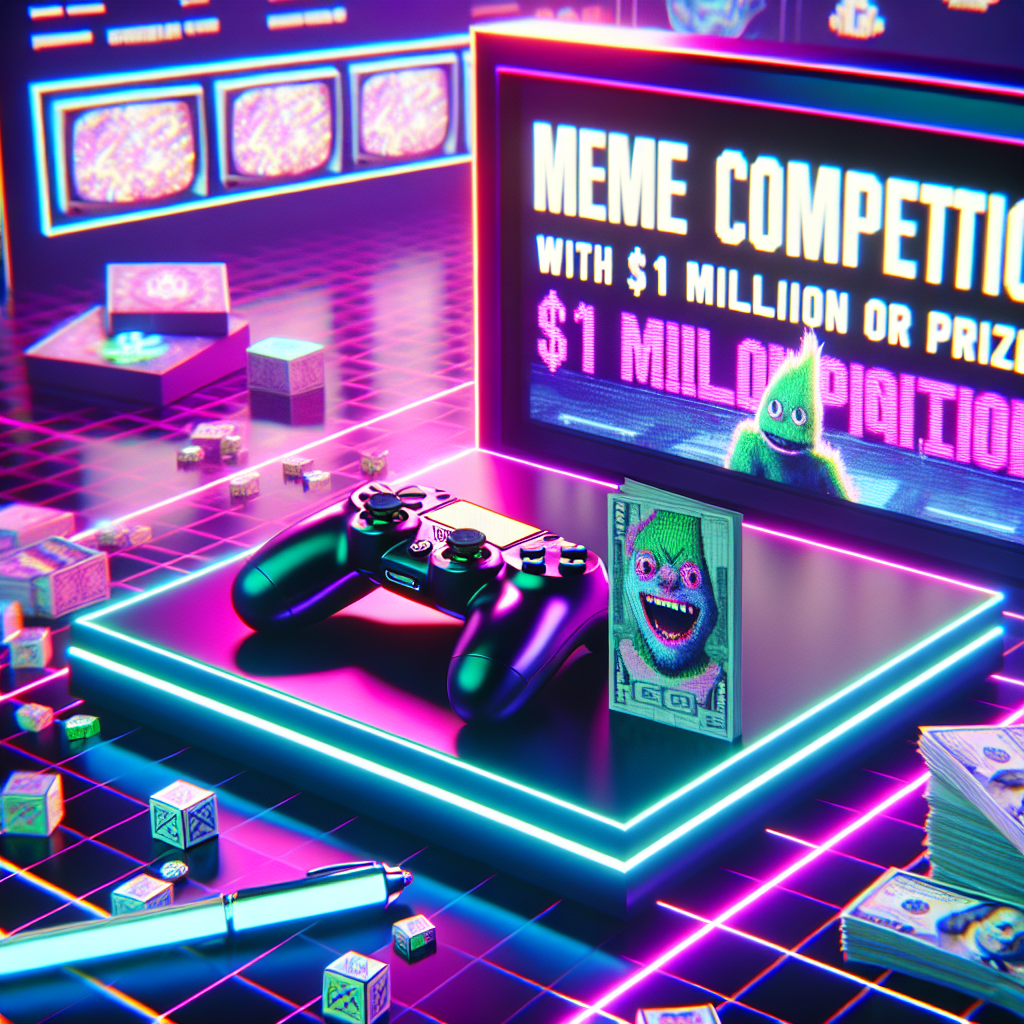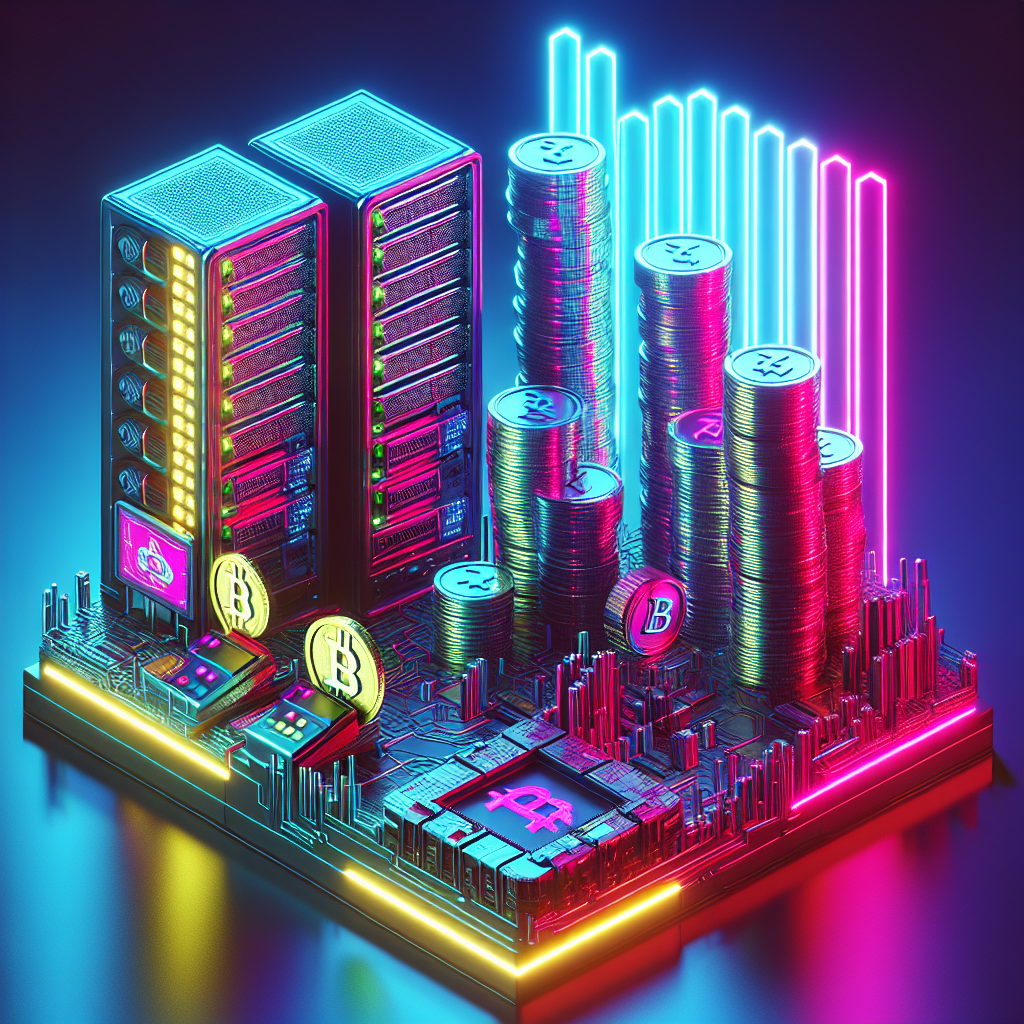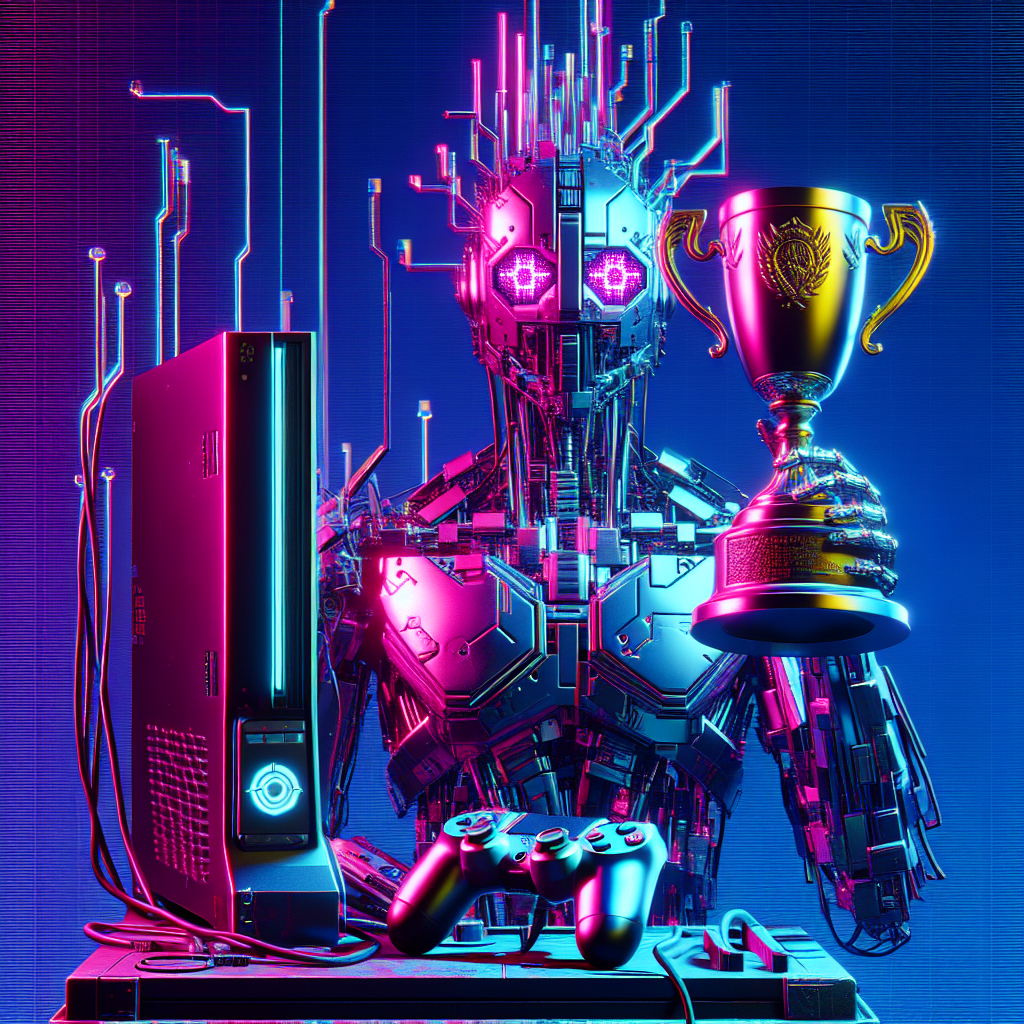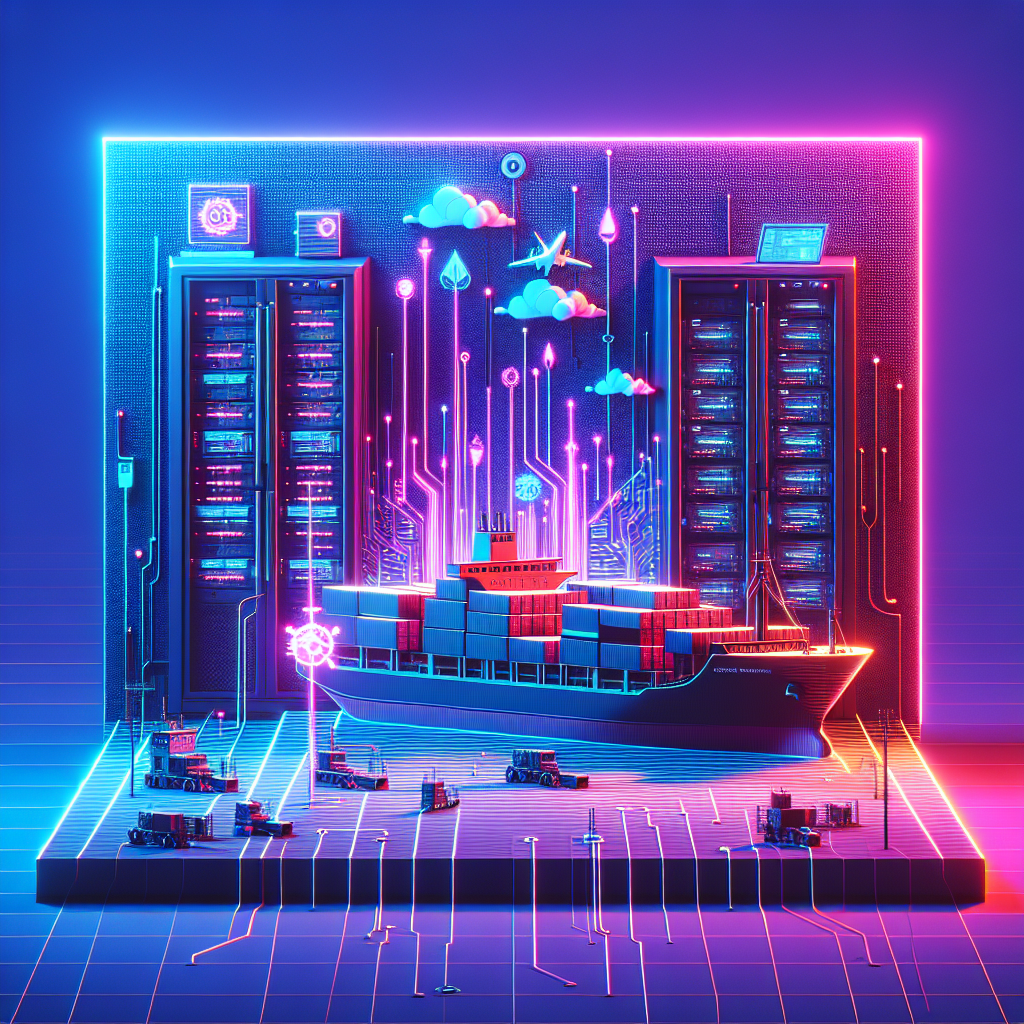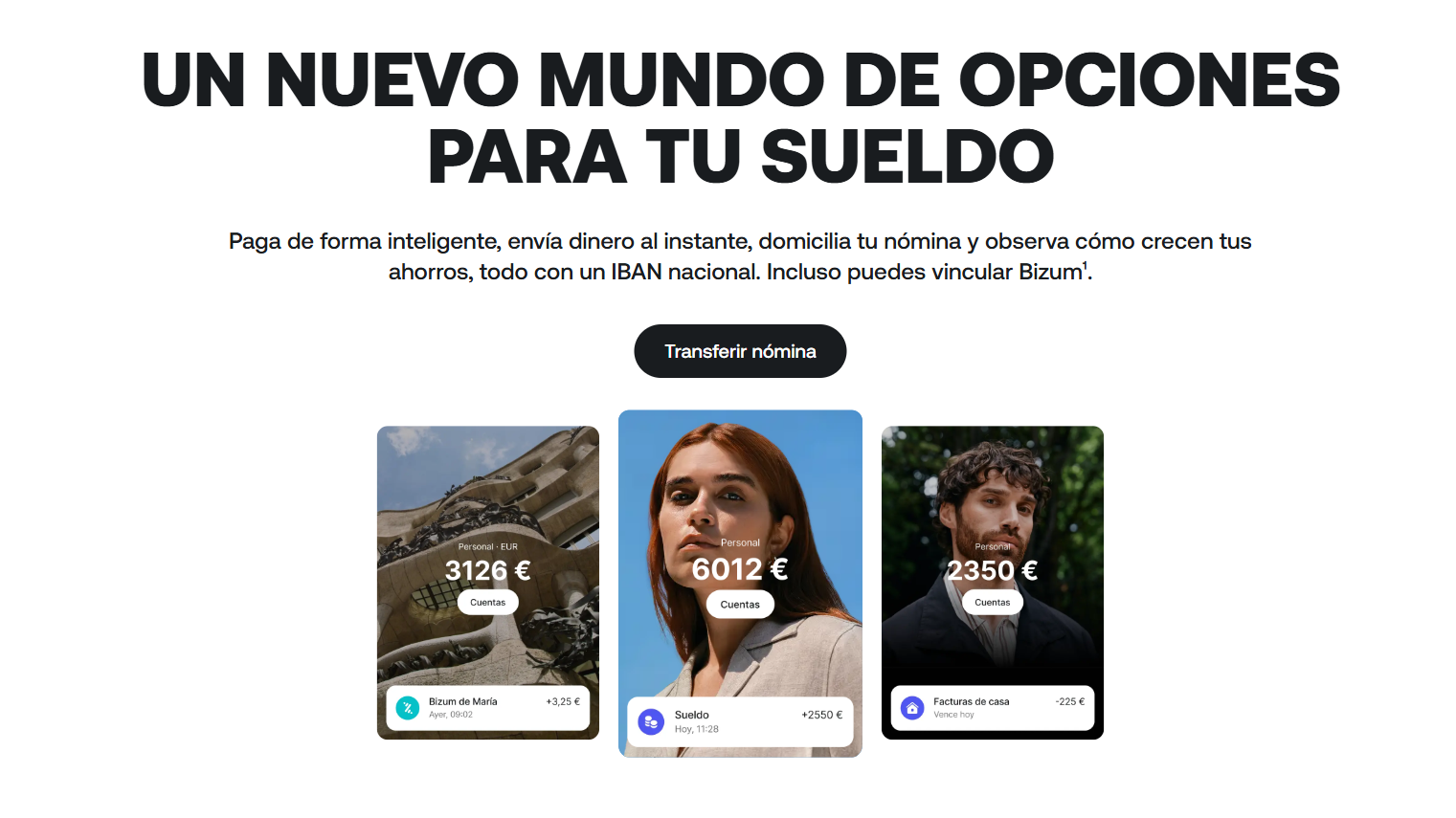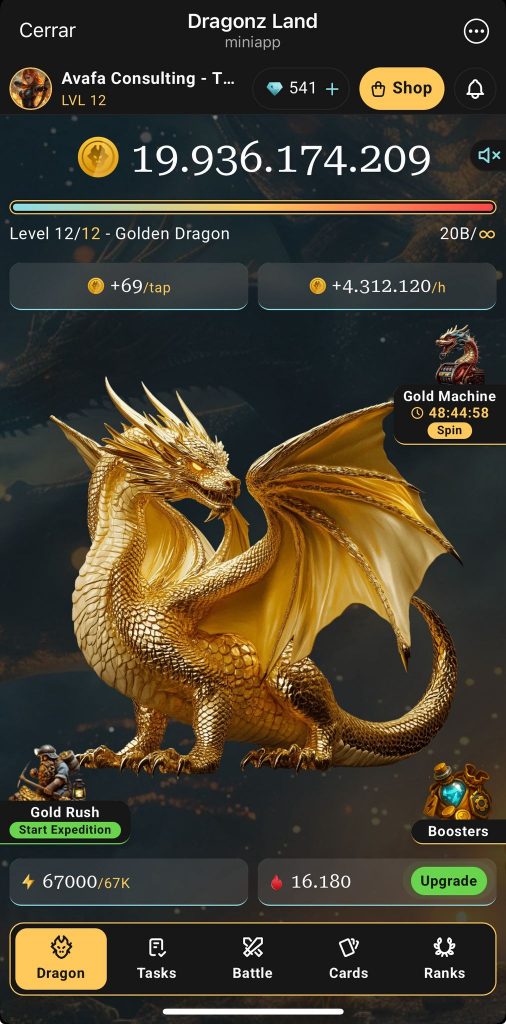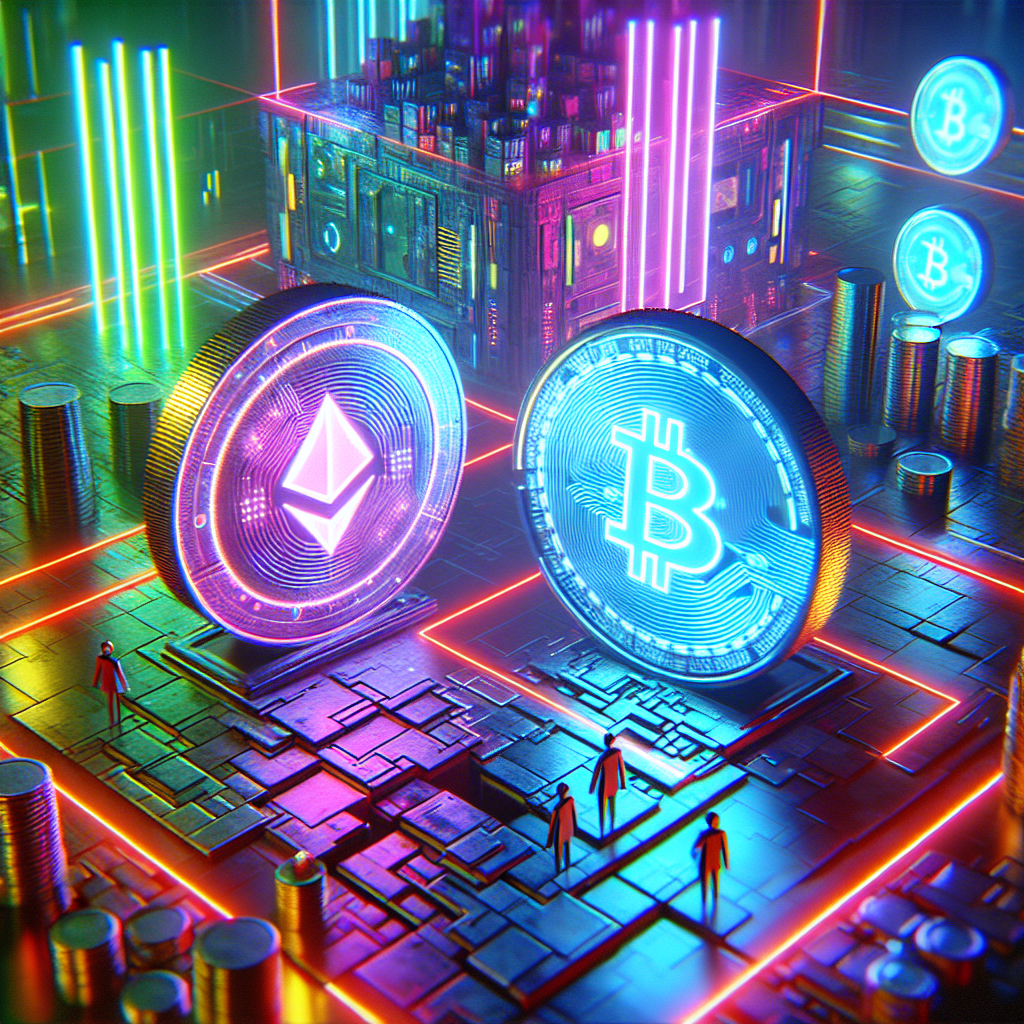Web3 Gaming: From Hype to Real Play and How TON Fits in
Discover How Web3 Is Transforming Gaming: From Hype to Reality and TON's Key Role in This Shift. 🚀 Click
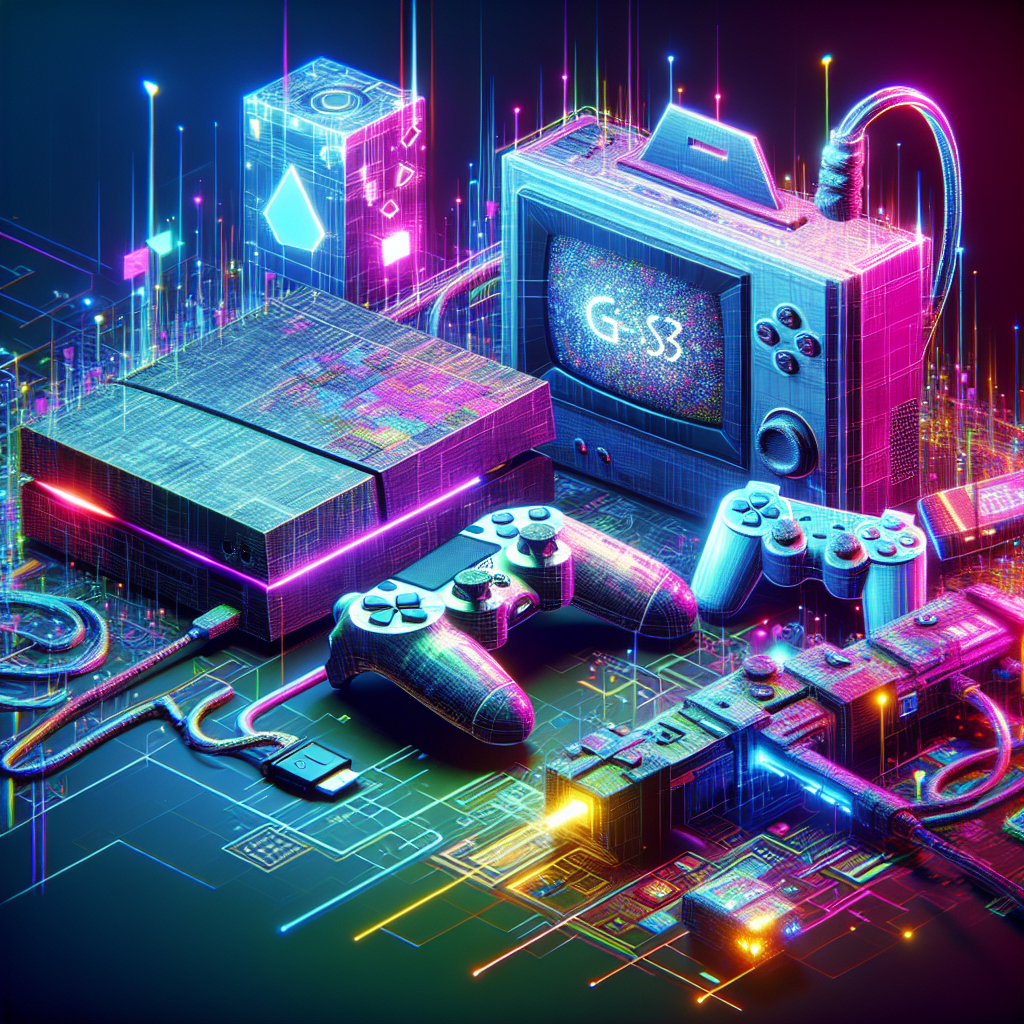
Web3 Gaming: From Hype to Real Play
The Web3 Gaming phenomenon has revolutionized the way we understand video games, promising a radical shift towards authentic ownership, transparency, and open economies. However, the Web3 adventure has been marked by high expectations and significant challenges. As we move into new stages in the evolution of online gambling, it’s crucial to understand how TON (The Open Network) positions itself in this landscape. This article delves into the development of Web3 Gaming, the lessons learned from its early stages, and the critical role TON plays in this transformation.
The Promise of Web3 Gaming
Web3 Gaming seeks to offer players true ownership of in-game assets, using blockchain infrastructure. Unlike Web 2.0 titles, whose assets reside on centralized servers, Web3 games use tokens or NFTs stored on-chain, allowing them to be portable, tradable, and scarce.
- Real Ownership: Players are the owners of items and characters, allowing them to sell, transfer, or use their assets even if the game studio ceases operations.
- Player Engagement: Decentralized governance systems provide players with a say in game development, from updates to content creation.
- Interoperability: Assets can move between different games and platforms, ensuring a unified experience.
- Integrated Economies: In-game economies are governed by smart contracts, allowing for smoother interactions without relying on centralized auction houses.
Web3 Gaming Startup Challenges
Despite the promises, early Web3 games failed to live up to expectations. Reasons include:
- Wrong Focus on Gameplay: Many projects prioritized the token economy over narrative and game design.
- Complexity in Onboarding: Setting up wallets and understanding fees unravels players unfamiliar with blockchain technology.
- Poor Scalability: Existing chains could not efficiently handle the transactional load required by real-time gaming.
- Security Issues: Vulnerabilities in smart contracts grew distrust of the platform.
- Lack of Shared Standards: Assets were rarely interoperable, contradictory to the promise of a unified experience in the metaverse.
The Untapped Potential of Web3
While the first steps were difficult, the potential of Web3 Gaming is still significant. As you learn from past failures, new opportunities emerge, including:
- Integration with Emerging Technologies: The combination of blockchain with technologies such as AI and virtual reality can generate dynamic and persistent universes, where each object has value and relevance.
- Focus on Play and Fun: Shifting the paradigm towards “Play and Own” instead of “Play-to-Earn” fosters a richer and more satisfying experience for players.
TON: the solution to many obstacles
The TON blockchain is presented as an ideal solution to many of the limitations faced by Web3 Gaming. Its unique features allow:
- Speed and Scalability: Transactions are processed in seconds, enabling real-time interactions and microtransactions.
- Low Fees: Negligible gas fees are crucial for frequent in-game actions.
- Wallet Integrated into Telegram: The TON Wallet is integrated into Telegram, reducing friction in the access and transaction process.
- The TON Play Ecosystem: Developers can launch browser-based or embedded games on Telegram, using the Toncoin effectively.
What needs improvement
Although TON solves many critical problems, there are still challenges to overcome to achieve true massive gaming in Web3:
- Balance in Game Design: It is critical that tokens enhance the gaming experience rather than overshadow it.
- Quantifiable Standards: Interoperability must be refined through consistent metadata formats.
- Regulatory and UX Clarity: Clear guidance on asset custody and associated risks is needed.
- Developer Funding: Creating AAA-quality games requires long-term, sustainable partnerships and economic models.
The New Model: Play and Own
Web3 titles are evolving towards a “Play and Own” approach, where players can earn items through gameplay and value them for their usefulness and community, rather than focusing exclusively on cash flow.
This transformation reflects the new direction of the ecosystem, focusing on fun as the key component, while blockchain technology ensures transparency and permanence.
Web3 Gaming isn’t just about tokens: it’s about ownership, interoperability, and community-driven worlds. The paradigm shift is evident and, with the support of platforms like TON, the future of video games is brighter than ever.
Source: https://blog.ston.fi/the-influence-of-web3-on-gaming/
Note: This original content has been modified with AI and reviewed by a specialist.

